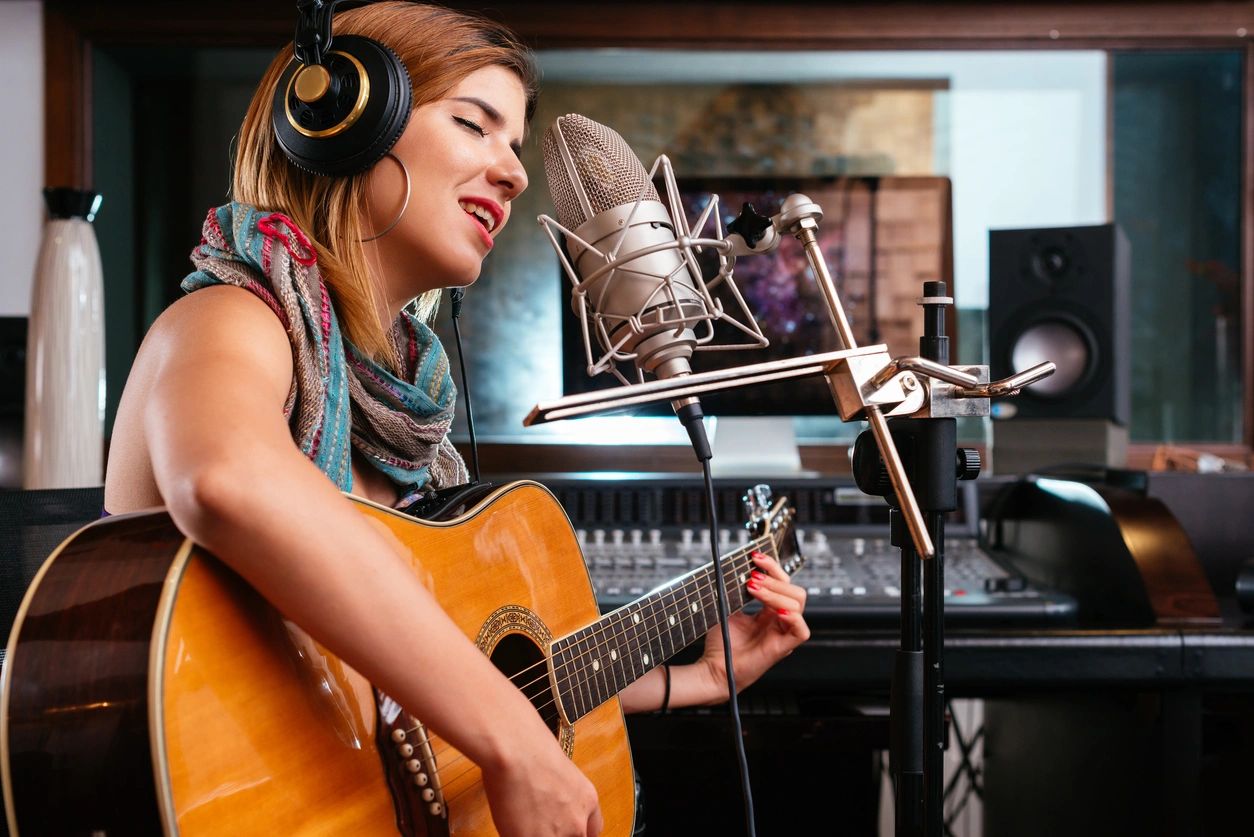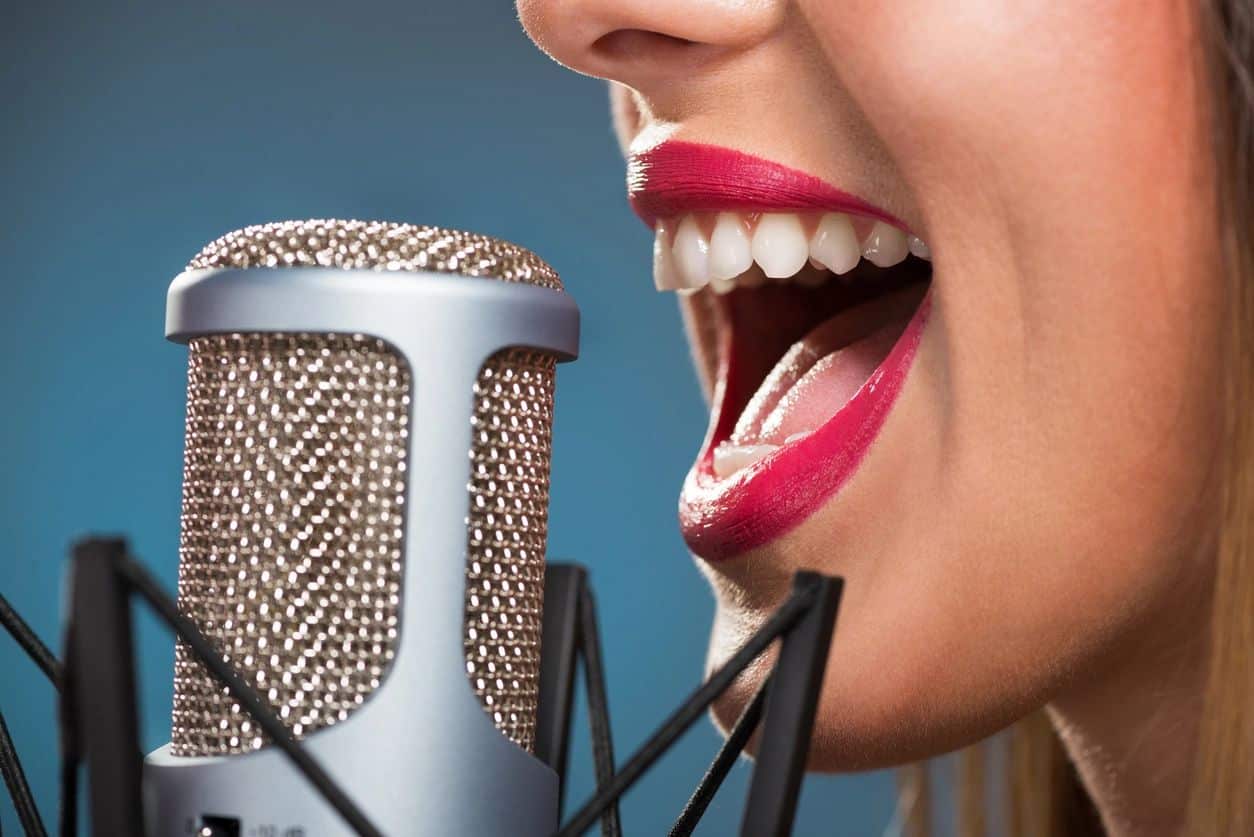
Every day, thousands upon thousands of videos are competing for your attention, each with the same goal in mind: to make you, the viewer, care about what they’re trying to sell. But what makes a video stand out and grab your attention?
What is Sound Design?
Sound design is an incredibly powerful tool that feeds into your own capacity for empathy and memory recall. A 2023 study revealed that, above other factors such as perspective or location, audio was the key factor in evoking empathy in participants who watched short-form videos. This should come as no surprise if you’re already familiar with short-form video platforms like TikTok, with features like “Sounds” that let users incorporate audio from pre-existing videos into their own content.
Below are three sound design tips that you can apply to your own content:
- Know Your Audience (and what they want to see)
- Pay Attention to Sound Cues
- Have a Signature Sound
Know Your Audience

How well you know your audience can be the deciding factor between success and failure for your marketing efforts. What kind of audience do you want to reach, and how do you want to present yourself to them? Here are some things to consider:
- Picture your ideal audience member: the type of person you think will be most interested in your product or service. How old are they? Where did they grow up? What movies, music, or games are they interested in?
- How do you want your audience to feel? Do you want your content to excite people or make them laugh? Do you want to drive your audience to action with anger or catharsis?
- What does your audience want to see? What makes them comfortable or uncomfortable? What might they be absolutely not interested in seeing?
- What do you want your audience to do? This is where you incorporate your audience into your own business goals. Do you want them to buy your product, support a certain cause, or keep coming back for more?
Your knowledge of your audience should directly influence how you communicate with them, down to the most minute detail. By knowing your audience, what they want to hear from you, and what you want from them, you’ll be in a much better position to cater your sound design to their unique tastes.
Pay Attention to Sound Design Cues

It’s no surprise that videos with audio tend to perform better than those without. In short-form video especially, well-placed sound cues serve to keep the viewer’s attention and guide them through the message your video is trying to convey. Strong, attention-grabbing audio cues placed at the very beginning of your video can serve to catch your viewer’s attention immediately, making them less likely to scroll away.
When designing your sound cues, one important factor to consider is the point-of-view (POV) of the video. In most cases, the audience should be able to connect with the perspective of the video’s main subject. Consider who the video is focused on, what they’re doing, and how you want the audience to feel about it; then, place your sound cues accordingly to guide their attention.
These cues can only do so much to influence the audience’s perceptions of your content. For instance, a loud and sudden violin sting might catch viewers off-guard, signaling to them that they should feel afraid or surprised at the events unfolding onscreen; but if the accompanying visuals don’t convey this effectively (i.e., a man holding a cup of coffee on a peaceful Sunday afternoon), it may have a different effect or otherwise leave viewers feeling confused.
Have a Signature Sound
If you’ve ever had a catchy song or jingle stuck in your head, then you already know that sound and memory are deeply linked. A 2006 study shows that participants were much more likely to remember advertisements that featured an accompanying jingle or background music compared to those without. A short tune or a catchy soundtrack can go a long way towards building a solid brand.
Even if you’re not a musician, there are still ways to add a signature sound to your brand. Consider using a certain song or featuring a certain artist in your content consistently. Ideally, you should choose a sound that matches your content and fits into your audience’s tastes; be careful, though, as using music that your audience is already highly familiar with may turn them away from your content.
Where to Learn More
Sound design is just one aspect of video marketing, and the effectiveness of these strategies might vary depending on your brand and goals. Our resident experts at iStudios Media are well-equipped to provide personalized advice and strategy consultations to help you achieve your unique content creation goals.
Have an idea? Let’s get to work. Contact us here and book your consultation today!



